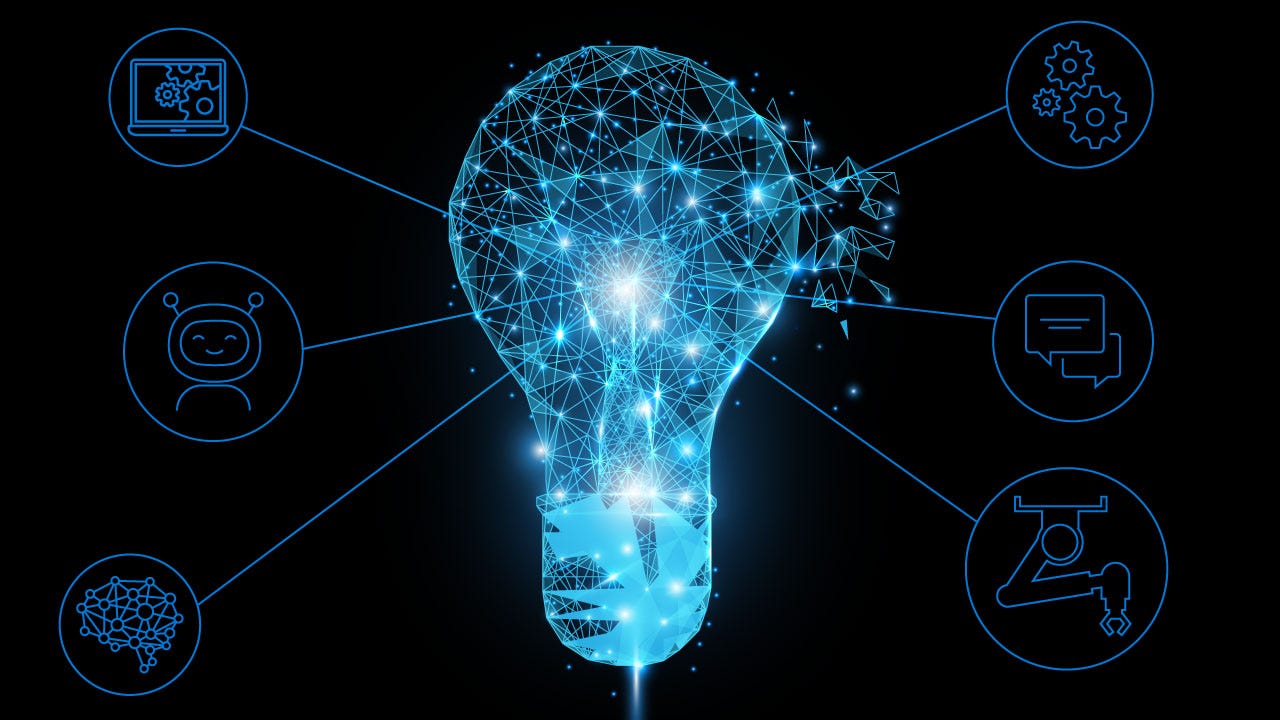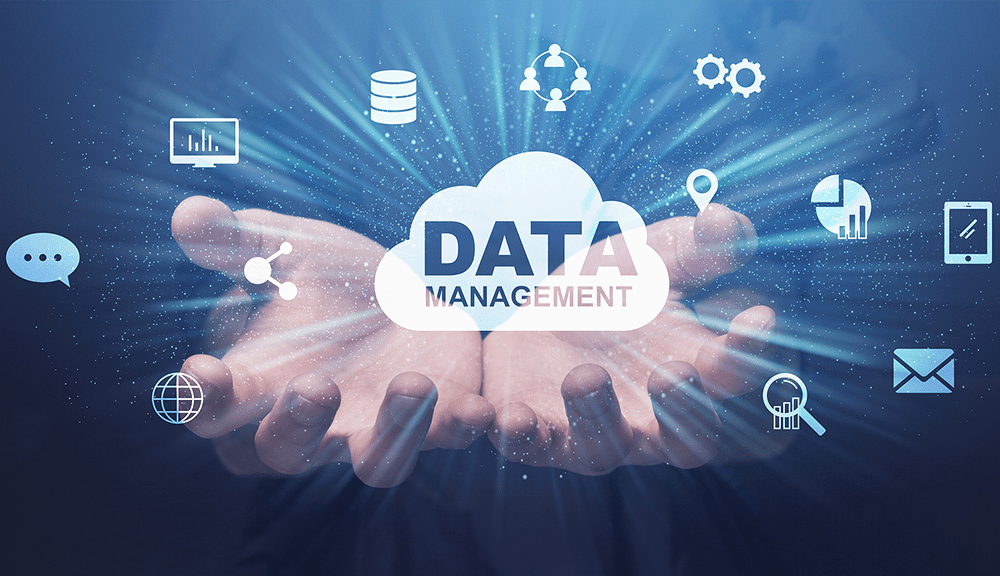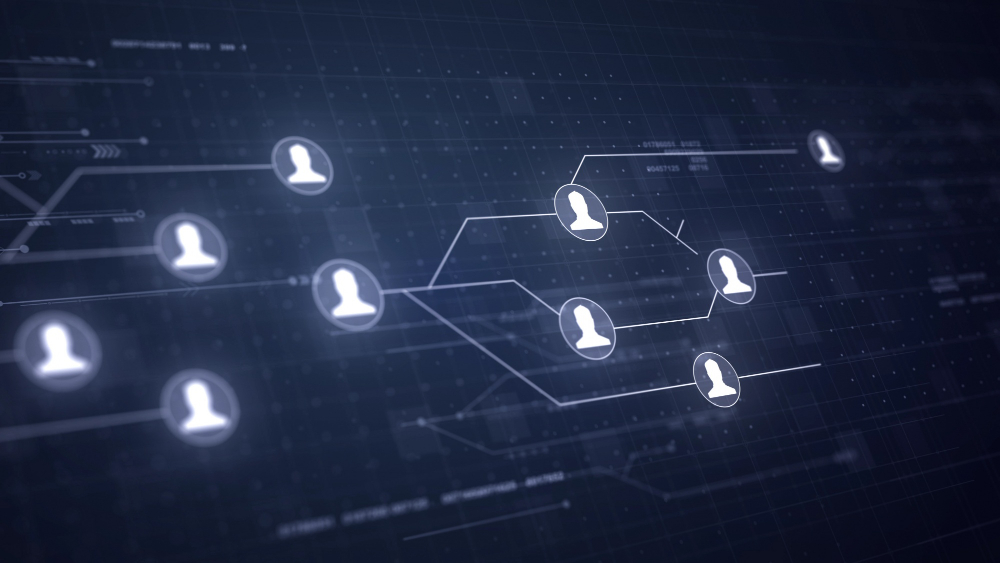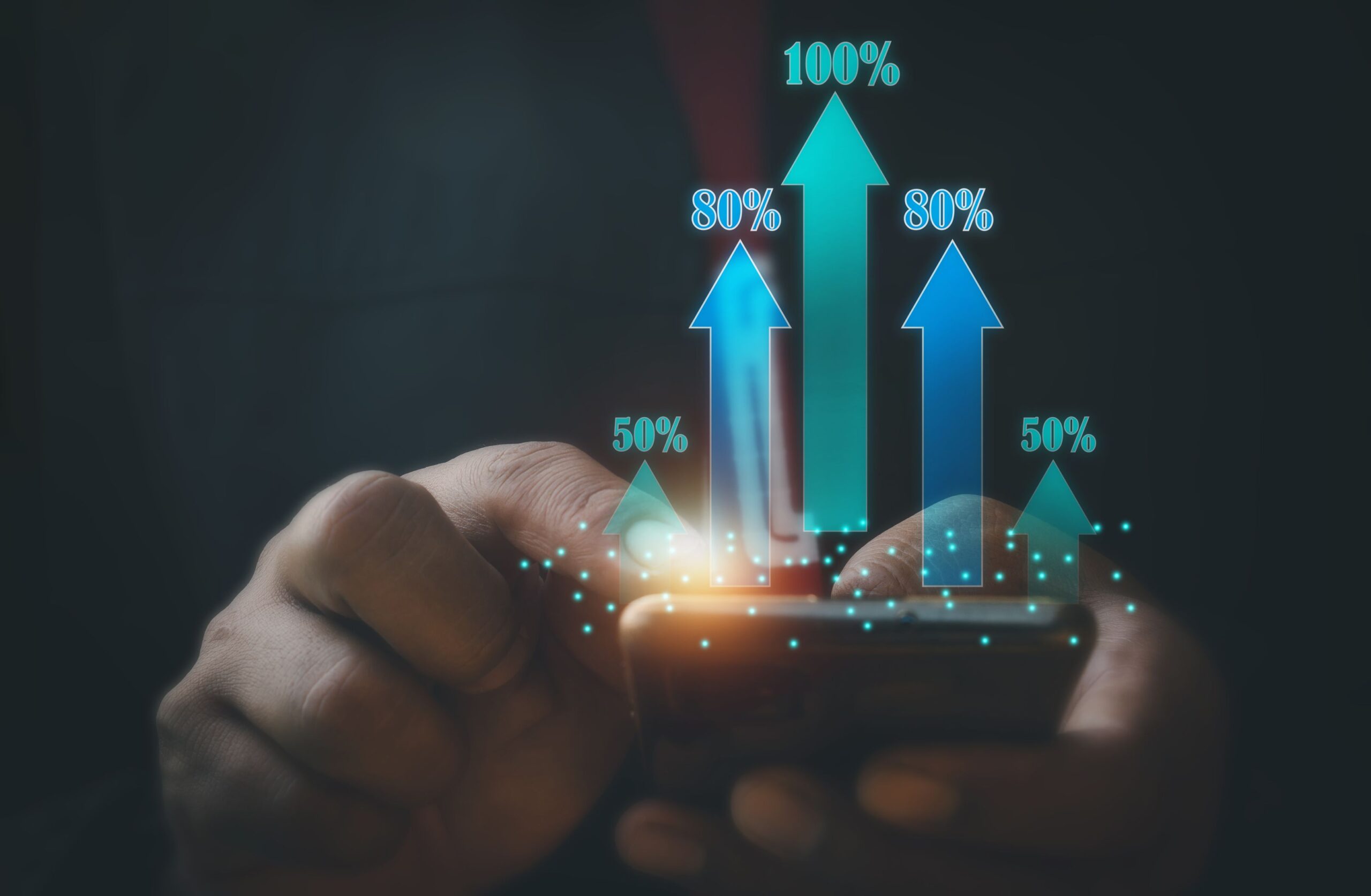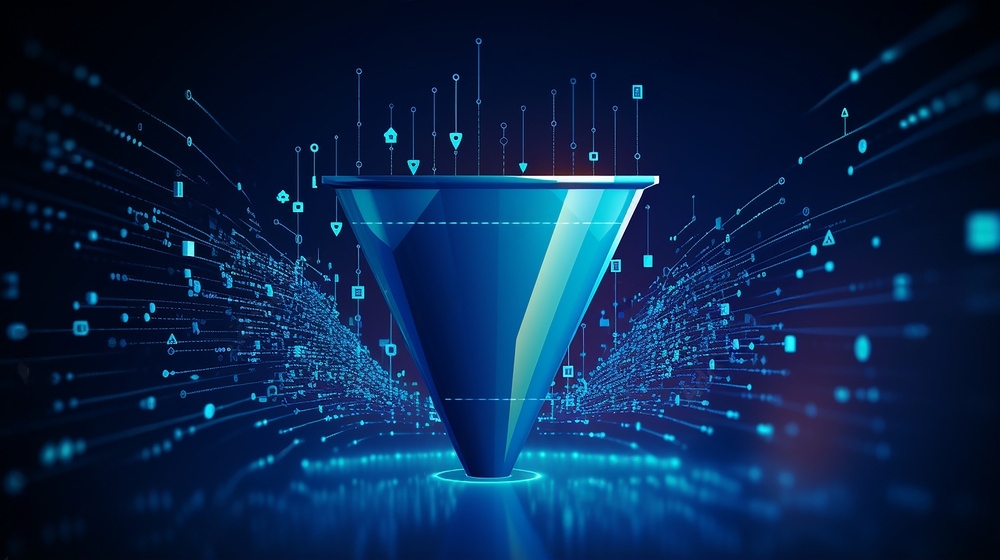The B2B buying process is a critical aspect of organizational success, encompassing the processes and actions involved in selecting products or services for business use.
Unlike D2C purchases, which are often driven by personal preferences and emotions, B2B decisions are typically based on rational considerations such as cost-effectiveness, efficiency, and compatibility with organizational goals.
In the B2B buying process, decision-making is not the responsibility of a single individual but involves multiple stakeholders within an organization.
These decision-makers may include executives, managers, department heads, procurement specialists, and end-users, each with their own priorities, preferences, and concerns.
Collaboration and consensus-building among these stakeholders are essential for reaching a decision that aligns with the organization’s overall objectives.
- What are the organization’s overall objectives in B2B buying process?
- Who are B2B decision makers?
- How do you identify key decision makers within an organization?
- What is the B2B buying process?
- What are B2B buying process stages?
- What are the factors influencing B2B purchase decisions?
- What are the 3 types of b2b purchases?
- Why the B2B Buying Process Is Changing?
- How to Improve the B2B Buying Journey?
- What are the 5 stages of the B2B buying process?
What are the organization’s overall objectives in B2B buying process?
The importance of effective B2B decision-making cannot be overstated, as it directly impacts business success in several key areas, like:
Cost Savings
While negotiating lower prices is essential, B2B decision-making helps with cost savings on multiple levels.
Informed choices based on the total cost of ownership (TCO), including hidden costs like maintenance and support, can yield significant savings.
Partnering with reliable suppliers offering volume discounts, extended warranties, and bundled services further optimizes costs. This holistic approach minimizes surprises and maximizes value for each dollar spent.
Operational Efficiency
The proper B2B decisions go beyond just process efficiency. Choosing solutions that interface smoothly with current systems, have automation possibilities, and require minimum training allows staff to focus on strategic projects.
Picking providers who offer strong technical support and proactive maintenance programs reduces downtime and assures smooth operations. This results in a more flexible and productive workforce.
Competitive Advantage
Strategic B2B decision-making helps you get ahead of the competition. Choosing creative solutions that address rising market trends or consumer demands enables you to provide differentiated value offers.
Building partnerships with cutting-edge vendors keeps you up to date on industry changes and prepares you to respond fast. This proactive strategy presents you as a leader, attracting consumers looking for cutting-edge solutions.
Risk Management
B2B decision-making is about more than simply choosing the greatest choice; it is also about selecting the safest one.
Evaluating possible risks linked to suppliers, goods, and services enables you to proactively address concerns before they affect your organization.
Implementing data security measures, maintaining regulatory compliance, and diversifying your supply base reduce financial, operational, and reputational risks. This proactive strategy builds trust and secures your organization’s future.
Long-Term Success
Strategic B2B decisions establish the foundation for long-term growth and success. Selecting partners that share your beliefs and long-term goals promotes successful, collaborative partnerships.
This provides continuous quality, dependable assistance, and a mutual commitment to success. Plus, using solutions that promote agility and adaptability prepares your firm to manage future market upheavals and capitalize on unanticipated opportunities. This forward-thinking strategy lays the path for a more prosperous and resilient future.
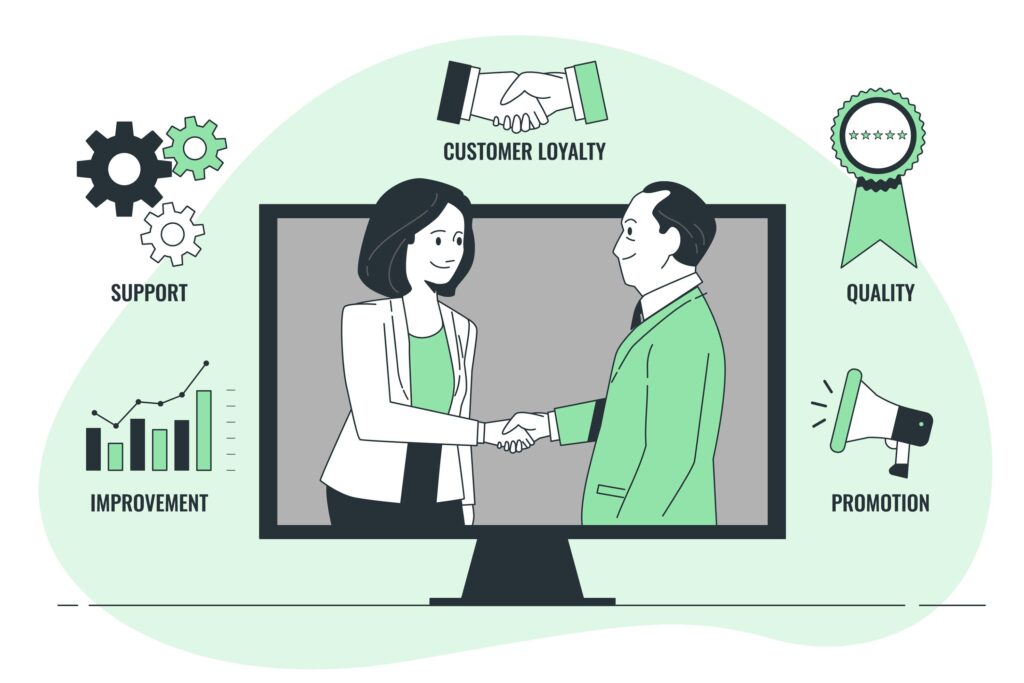
B2B Buying Process
Who are B2B Decision Makers?
B2B decision makers are C-suite individuals within organizations responsible for evaluating and selecting products or services for business use. They play a critical role in the purchasing process, influencing decisions based on organizational needs, goals, and priorities.
These decision makers may include executives, managers, procurement specialists, and end-users, each bringing their own perspectives and expertise to the table.
Collaborative decision-making involving multiple stakeholders is common in the B2B context, as organizations strive to align purchasing decisions with overarching business objectives and maximize value for stakeholders.
B2B decision makers rely on various sources of information and evaluation criteria to assess potential suppliers, compare offerings, and make informed choices.
Key considerations in the decision-making process include cost-effectiveness, quality, reliability, compatibility, and vendor reputation.
Effective communication, negotiation, and relationship-building skills are essential for B2B decision makers to navigate complex purchasing decisions successfully.
How do you identify key decision makers within an organization?
Identifying key decision-making stakeholders inside companies is important to understanding the dynamics of the B2B buying process. These stakeholders include executives, managers, procurement specialists, and end-users.
Each plays a unique role in the decision-making process, with executives providing strategic direction, managers overseeing implementation, procurement specialists managing vendor relationships, and end-users offering valuable insights into product usability and functionality.
Collaborative decision-making involving these stakeholders ensures that diverse perspectives are considered, resulting in more informed and comprehensive decisions.
Understanding stakeholder priorities, preferences, and concerns allows organizations to customize their approach and messaging to effectively address their needs and expectations.
Engaging with key decision-makers during the buying journey can foster trust, build relationships, and increase the likelihood of successful outcomes for B2B sellers.
Overall, identifying and engaging key decision-making people is critical for navigating the complex B2B purchasing landscape and driving business success.
What is the B2B buying process?
The B2B buying process is an order of processes that organizations take when buying products or services.
It typically involves identifying needs, evaluating options, negotiating terms, making a purchase decision, and assessing satisfaction post-purchase.
Rational considerations like cost-effectiveness and suitability for business goals heavily influence this process.
What are B2B buying process stages?
The B2B buying process involves various steps that organizations go through when buying products or services that meet their needs.
First, it starts with the identification of needs, where businesses assess their requirements and determine what products or services they require to address their challenges or achieve their goals.
Once the needs are identified, the next stage involves researching and evaluating the available options.
Businesses explore different suppliers, products, or services to find the best fit for their requirements. This stage often involves comparing features, prices, and other factors to make an informed decision.
After evaluating options, businesses enter the negotiation stage, where they discuss terms and conditions with potential suppliers.
Negotiations may involve pricing, delivery schedules, customization options, and other aspects of the transaction.
Once a decision is made and the purchase is completed, businesses move to the post-purchase evaluation stage.
Here, they assess the performance of the product or service as well as the overall satisfaction with the purchase experience.
This evaluation helps businesses determine whether the supplier met their expectations and whether they would continue to do business with them in the future.
Throughout the entire process, businesses may also engage in communication and collaboration with suppliers to ensure smooth transactions and address any issues that may arise.
Overall, the B2B buying process is a systematic and strategic approach that allows businesses to make informed decisions and achieve their objectives effectively.
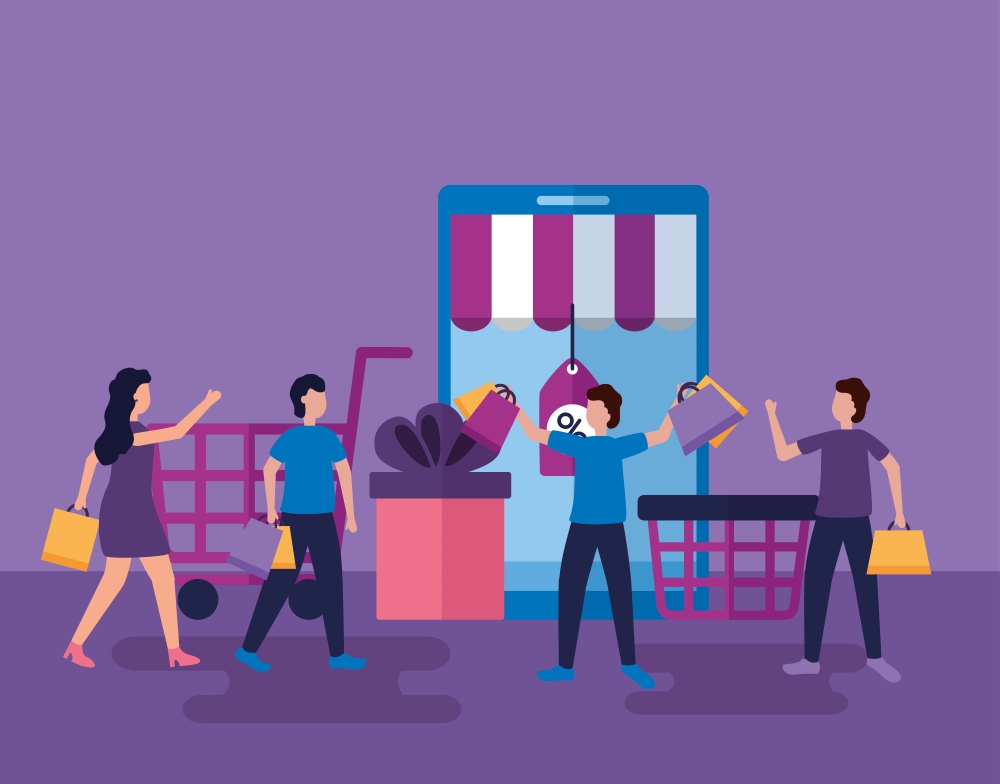
B2B Buying Process
What are the factors influencing B2B purchase decisions?
B2B purchases are impacted by a variety of factors. Key decision-making criteria include cost-effectiveness, product quality, reliability, and vendor reputation. Additionally, compatibility with organizational goals, customer service, delivery times, and payment terms also play crucial roles.
Businesses consider these factors carefully to ensure they choose suppliers and products that meet their needs, align with their objectives, and provide value for money.
Ultimately, the decision-making process in B2B purchases involves a thorough evaluation of various aspects to make informed decisions that contribute to business success.
What are the 3 types of b2b purchases?
B2B purchases may be characterized depending on their type and complexity, which represent various levels of strategic relevance and complication involved in procurement procedures.
Routine Purchases
Including the regular buying of standardized items or services needed for day-to-day operations.
Routine purchases are characterized by their repetitive nature, involving the procurement of standardized products or services required for day-to-day operations.
These purchases typically follow established procedures and require minimal decision-making effort, focusing primarily on factors such as cost-effectiveness and reliability.
Strategic Purchases
Complex acquisitions necessitate careful planning due to their significance to the organization’s goals.
Strategic purchases are more complex and significant to the organization’s goals. These acquisitions require careful planning, evaluation, and decision-making due to their potential impact on business objectives.
Strategic purchases may involve high-value investments, long-term commitments, or specialized products or services tailored to meet specific business needs.
Systems Purchases
Acquiring integrated solutions or technologies impacts multiple aspects of business operations.
Systems purchases represent another category of B2B procurement, involving the acquisition of integrated solutions or technologies that impact multiple aspects of the organization’s operations. These purchases often require cross-functional collaboration and extensive evaluation of vendor capabilities, product features, and compatibility with existing systems.
Overall, categorizing B2B purchases based on their nature and complexity allows businesses to adjust their procurement strategies, allocate resources more efficiently, and prioritize investments that are aligned with their overall business objectives.
Businesses that understand the various features of each type of transaction may improve their procurement procedures and achieve success in an increasingly competitive industry.
Comparison between routine purchases, strategic purchases, and system purchases
Routine purchases, strategic purchases, and systems purchases represent distinct categories of B2B procurement, each with unique characteristics and implications for organizational decision-making and operations.
Routine purchases involve the regular procurement of standardized products or services necessary for day-to-day operations.
These purchases typically follow established procedures and require minimal decision-making effort, focusing primarily on factors such as cost-effectiveness, availability, and reliability.
Strategic purchases, on the other hand, are more complex and significant to the organization’s goals. These acquisitions require careful planning, evaluation, and decision-making due to their potential impact on business objectives.
Strategic purchases may involve high-value investments, long-term commitments, or specialized products or services tailored to meet specific business needs.
Systems purchases represent a subset of strategic purchases, involving the acquisition of integrated solutions or technologies that impact multiple aspects of the organization’s operations.
These purchases often require cross-functional collaboration and an extensive evaluation of vendor capabilities, product features, and compatibility with existing systems.
Routine purchases can be identified by their frequency and operational emphasis, whereas strategic and systems purchases have a higher level of complexity, strategic relevance, and organizational influence.
Understanding the differences between these categories enables organizations to tailor their procurement strategies and prioritize investments that align with their overarching business objectives.
Why the B2B Buying Process Is Changing?
Several reasons contribute to the evolution of the B2B buying process, including technological developments, changed consumer expectations, and greater competition.
Digitalization has improved access to information and communication channels, allowing purchasers to independently investigate and assess possibilities.
The shifting market dynamics and globalization have increased the pool of possible providers, giving customers more options and freedom.
As a result, B2B firms must alter their strategies to meet these changes, concentrating on customer-centric approaches, personalized experiences, and value-added products in order to remain competitive in a quickly changing environment.
Changing dynamics in the B2B buying process
The B2B buying process is undergoing significant changes, driven by digital transformation, empowered buyers, shifting sales dynamics, demand for personalization, and a focus on value and ROI.
1# Digital Transformation
The B2B buying process is increasingly digitized, with buyers utilizing online channels for research, comparison, and communication with suppliers.
This shift has accelerated due to the widespread adoption of digital technologies and the proliferation of online marketplaces and platforms.
2# Empowered Buyers
Buyers have more access to information and resources than ever before, enabling them to conduct thorough research and make informed decisions independently.
This empowerment has elevated customer expectations, driving demand for personalized experiences, seamless interactions, and value-added solutions from suppliers.
3# Changing Sales Dynamics
The role of traditional sales tactics in the B2B buying process is diminishing, with buyers preferring self-directed journeys and seeking guidance from peers, industry experts, and online reviews.
As a result, sales teams must adapt their approaches to align with buyer preferences and focus on building trust, credibility, and long-term relationships.
4# Demand for Personalization
Personalization is becoming increasingly important in the B2B buying process, as buyers expect tailored solutions that address their specific needs and challenges.
Suppliers must leverage data-driven insights to customize their offerings, messaging, and interactions to resonate with individual buyer preferences and priorities.
5# Focus on Value and ROI
B2B buyers are placing greater emphasis on value and return on investment (ROI) when making purchasing decisions.
They seek solutions that deliver tangible benefits, address pain points, and contribute to their organization’s success.
Suppliers must articulate the value proposition of their offerings clearly and demonstrate measurable results to win and retain customers in a competitive market.
Impact of digitalization, globalization, and market trends on B2B purchasing behavior
Let’s get to know how digitalization, globalization, and market trends are reshaping B2B purchasing behavior in today’s dynamic business landscape.
1# Digitalization
Digitalization has revolutionized B2B purchasing behavior by providing easier access to information, enabling buyers to conduct extensive research, compare options, and make informed decisions online.
It has also facilitated seamless communication between buyers and suppliers through digital channels, reducing the reliance on traditional sales interactions.
2# Globalization
Globalization has expanded the pool of potential suppliers and increased competition in the B2B marketplace.
Buyers now have access to a wider range of products, services, and suppliers from around the world, giving them greater choice and bargaining power.
Additionally, globalization has led to the emergence of new market trends, industry standards, and regulatory frameworks that impact B2B purchasing behavior.
3# Market Trends
Market trends, such as shifting consumer preferences, technological advancements, and industry disruptions, influence B2B purchasing behavior significantly.
For example, the growing emphasis on sustainability, ethical sourcing, and corporate social responsibility has led businesses to prioritize environmentally-friendly and socially responsible suppliers.
Advancements in artificial intelligence, data analytics, and automation are driving demand for innovative solutions and digital transformation initiatives in B2B procurement processes.
Overall, the impact of digitalization, globalization, and market trends on B2B purchasing behavior underscores the need for businesses to adapt their strategies, embrace technology-driven solutions, and stay abreast of evolving market dynamics to remain competitive in today’s rapidly changing business environment.
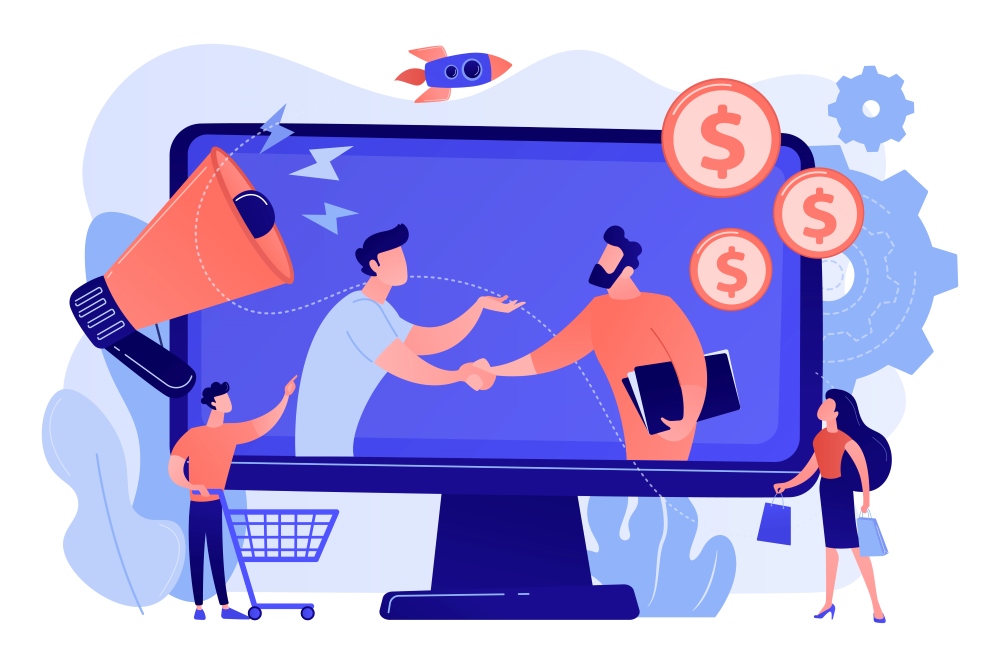
B2B Buying Process
How to Improve the B2B Buying Journey?
Understanding client demands, reducing procedures, giving tailored experiences, and offering relevant solutions are all part of improving the B2B buying journey.
Using data-driven insights, organizations can customize their strategy, improve communication, and create trust with consumers throughout the purchase process.
Additionally, improving digital touchpoints, streamlining transactions, and providing post-purchase assistance all contribute to a smooth purchasing experience.
Collaboration across sales, marketing, and customer support teams provides alignment and consistency, which leads to increased happiness, loyalty, and success in the B2B purchasing process.
What are the 5 stages of the B2B buying process?
Optimizing each stage of the B2B buying process involves employing tailored strategies to address customer needs and preferences effectively.
- Awareness Stage: Enhance brand visibility through targeted marketing campaigns, content creation, and thought leadership initiatives. Educate prospects about industry trends, challenges, and potential solutions to drive engagement and interest.
- Consideration Stage: Provide informative content, case studies, and product demonstrations to help prospects evaluate options and make informed decisions. Offer personalized recommendations based on their specific requirements and pain points.
- Decision Stage: Facilitate seamless transactions with user-friendly purchasing processes, transparent pricing, and clear value propositions. Address concerns and objections promptly to instill confidence and trust in your offerings.
- Post-Purchase Stage: Nurture ongoing relationships with customers through personalized communication, proactive support, and value-added services. Gather feedback to identify areas for improvement and opportunities for upselling or cross-selling.
- Advocacy Stage: Encourage satisfied customers to become advocates for your brand through testimonials, referrals, and social proof. Reward loyalty and incentivize advocacy to foster a loyal customer base and drive repeat business.
Businesses that follow these techniques may improve each stage of the B2B purchasing process, increase customer satisfaction, and promote long-term success in the competitive marketplace.
Tips for enhancing B2B buying process, reducing friction, and increasing efficiency
Enhancing customer experience, reducing friction, and increasing efficiency are crucial for driving satisfaction and loyalty in the B2B buying process.
Streamline Processes: Simplify workflows and eliminate unnecessary steps to minimize friction and speed up transactions. Implement automation tools and digital solutions to improve efficiency and accuracy.
Personalize Interactions: Tailor communication and offerings to meet individual customer needs and preferences. Leverage data insights to provide targeted recommendations and anticipate customer requirements.
Improve Communication: Enhance transparency and responsiveness by providing timely updates, proactive support, and clear guidance throughout the purchasing journey. However, utilize multiple channels, such as email, chat, and phone, to facilitate communication and address inquiries promptly.
Optimize User Experience: Create intuitive interfaces, mobile-friendly platforms, and self-service options to enhance usability and convenience for customers. Invest in user testing and feedback mechanisms to identify and address pain points effectively.
Focus on Value Delivery: Prioritize delivering value and solving customer challenges throughout the entire relationship, not just during the sales process. Offer ongoing support, training, and resources to help customers maximize the benefits of your products or services.
Businesses that adopt these ideas may improve the customer experience, eliminate friction, and boost efficiency in the B2B Buying Process, resulting in more satisfaction, loyalty, and long-term success.
Conclusion
B2B companies may improve their performance by focusing on client demands, optimizing operations, and cultivating strong connections.
Personalizing interactions, enhancing the user experience, and providing value along the customer journey are critical.
Use digital tools, data insights, and agile methods to respond to changing market dynamics. To stay ahead of the competition, collect feedback on a continuous basis, innovate, and iterate.
Create a customer-centric culture by coordinating sales, marketing, and customer service operations to provide seamless experiences. By focusing on customer satisfaction and efficiency, B2B businesses may drive growth and achieve long-term success in a competitive climate.
Understanding the B2B buying process is critical for businesses seeking to fulfill client expectations, streamline processes, and achieve success.
Businesses that fully understand each stage may modify their strategy, improve client experiences, and eventually achieve better satisfaction and long-term success in the marketplace.
If you are a business owner or C-level executive seeking superior B2B solutions in the market, we’re here to assist you. Contact us to learn more about our services. Reach out now!
FAQs
What is the B2B procurement process?
It’s how businesses acquire goods, services, or materials from other businesses. Think of it as organized shopping for companies, with a focus on cost savings, quality assurance, and building strong supplier relationships.
What are B2B buying cycles?
B2B buying cycles refer to the journey businesses take when purchasing goods or services from other businesses. These cycles are typically longer and more complex than B2C purchases due to the multiple decision-makers, higher stakes, and extensive research involved.
How long does the B2B buying process typically take?
B2B cycles are generally longer than B2C purchases. It can range from weeks for smaller, familiar purchases to months or even years for complex solutions with multiple stakeholders involved.
Who is involved in the B2B buying process?
While the specific roles might vary, you’ll often find:
- Initiators: Identify the need and spark the process.
- Influencers: Shape opinions and sway decision-making.
- Decision-makers: Have the final say on the purchase.
- Buyers: Manage the budget and approve spending.
- End-users: Ultimately utilize the chosen product or service.
What are the key stages of the B2B buying process?
The typical stages include:
- Recognizing a need: Identifying a problem or opportunity.
- Research and evaluation: Exploring solutions and comparing options.
- Selection and negotiation: Choosing a supplier and negotiating terms.
- Approval and purchase: Getting all necessary approvals and finalizing the purchase.
- Implementation and relationship building: Onboarding and building a strong relationship with the supplier.
How does digital technology impact the B2B buying process?
Technology plays a crucial role in streamlining the process. E-procurement platforms, online reviews, and social media research empower buyers and enhance information accessibility.
How can my business optimize its B2B buying process?
- Clearly define needs and criteria.
- Involve the right stakeholders at each stage.
- Research thoroughly and compare options.
- Negotiate effectively and secure strong terms.
- Build strong relationships with suppliers.
- Utilize technology to streamline the process.
How much has the B2B buying process changed in recent years?
The B2B buying process has evolved due to digitalization and changing buyer behavior. Self-directed buyers seek transparency, accessibility, and personalized interactions, necessitating businesses to adapt with strong online presences, user-friendly content, and omnichannel engagement strategies.
What are the biggest challenges in navigating the B2B buying process?
Complexity in high-value purchases, lengthy approval processes, and stakeholder alignment are significant challenges. Vendor selection can be overwhelming, and managing risk and security is crucial.
How can technology simplify the B2B buying process?
Technology streamlines the buying process by automating tasks, managing supplier relationships, and improving transparency. AI-powered tools personalize information, recommend solutions, and facilitate negotiations. CRM systems manage interactions and build strong vendor relationships. Strategic use of technology enhances efficiency and control.
What is an example of a B2B purchase?
Here are a few examples of B2B purchases, depending on the context:
- Manufacturing: A car manufacturer purchasing steel, engines, and other components from various suppliers.
- Software: A marketing agency buying a subscription to a social media analytics platform.
- Services: A restaurant chain hiring a food safety consultancy to train their staff.
- Office Supplies: A law firm purchasing bulk printer cartridges and paper from a wholesale vendor.
